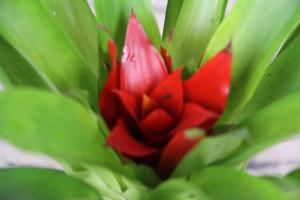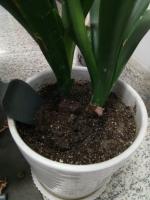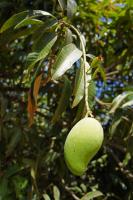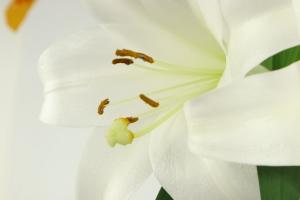What Plant Zone Do I Live In?
Understanding the plant zone you live in is essential for any gardener or plant enthusiast. It determines the types of plants that can thrive in your climate, as well as the different environmental factors they require to grow. In this article, we will provide you with some useful information on how to determine what plant zone you live in.
What is a Plant Zone?
A plant zone is a specific area that has been determined by the United States Department of Agriculture (USDA) based on its annual minimum temperature. The zones are numbered from 1 to 13, with 1 being the coldest and 13 being the warmest.
The USDA plant zone map is the most widely used system in the US and is divided into zones by increments of 10 degrees Fahrenheit. This means that each zone has a range of temperatures that is 10 degrees warmer or cooler than the adjacent zone.
How to Determine Your Plant Zone
To determine your plant zone, you can use the USDA's interactive map, which is available on their website. The map is divided into different color-coded zones, and you can simply find your location on the map to determine your zone number.
Alternatively, you can use a plant zone chart that provides a more detailed breakdown of the different zones based on specific temperatures. You can find these charts online, or at your local garden center or nursery.
Why is Knowing Your Plant Zone Important?
Knowing your plant zone is important because it helps you select the right plants for your climate. Plants that are not suited for your zone will struggle to survive and may require additional care or even fail completely.
For example, if you live in a zone 4, you will need to choose plants that can withstand temperatures as low as -30掳F in the winter. On the other hand, if you live in a zone 10, you will need to choose plants that can tolerate high temperatures and humidity in the summer.
Conclusion
Knowing your plant zone is crucial for any gardener or plant enthusiast. By understanding the range of temperatures and other environmental factors of your specific zone, you can choose plants that are well-suited for your climate and ensure their successful growth and development.
Remember to check your zone regularly, as climate can change and affect the growing conditions of your plants. With the right knowledge and care, you can maintain a thriving garden or plant collection no matter what zone you live in.

 how many times do yo...
how many times do yo... how many planted tre...
how many planted tre... how many pine trees ...
how many pine trees ... how many pecan trees...
how many pecan trees... how many plants comp...
how many plants comp... how many plants can ...
how many plants can ... how many plants and ...
how many plants and ... how many pepper plan...
how many pepper plan...
































